Tag: Aiex
-

Projects Basics in AIEX Platform
In this paper, we cover the basics of projects. We describe the different types of projects, how to create new projects from existing ones, how to import and export projects, how to use tags and descriptions, and provide some best practices.
-

Trauma Detection on Pelvic Radiographs using Computer Vision Algorithms
A timely and accurate diagnosis of the proximal femur and pelvis injuries in trauma patients is essential to saving their lives. High-quality clinical trauma care and treatment require both physician experience and radiography images. A multiscale deep learning algorithm called PelviXNet has been developed to rapidly and accurately detect most kinds of pelvic and hip…
-
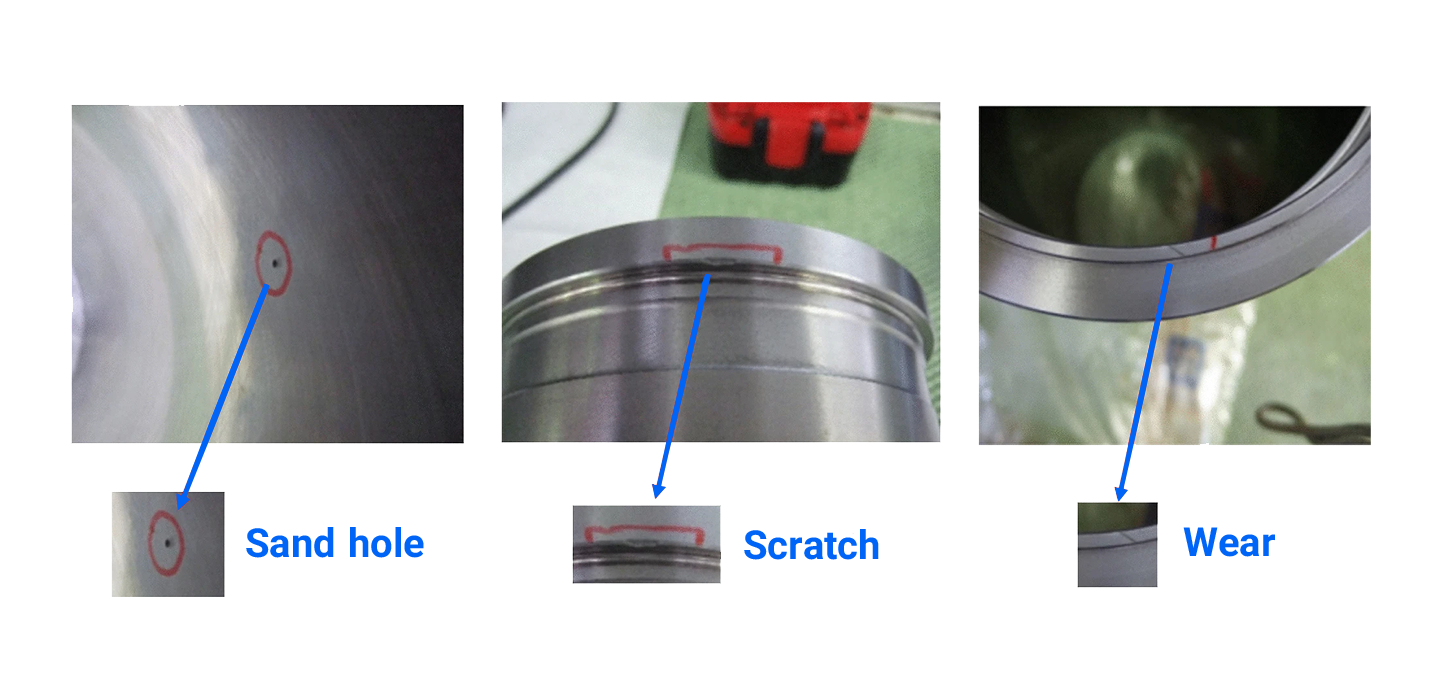
Intelligent Defect Detection in Metal Parts using Optical System for Industry 4.0 Manufacturing
Detecting and classifying aesthetic defects in different sizes, shapes, and positions immediately after the casting process is an essential task for the quality control unit. In this paper, we introduce a simple, low-cost, and efficient optical system powered by deep learning models to quickly, accurately, and automatically identify and classify casting defects.
-
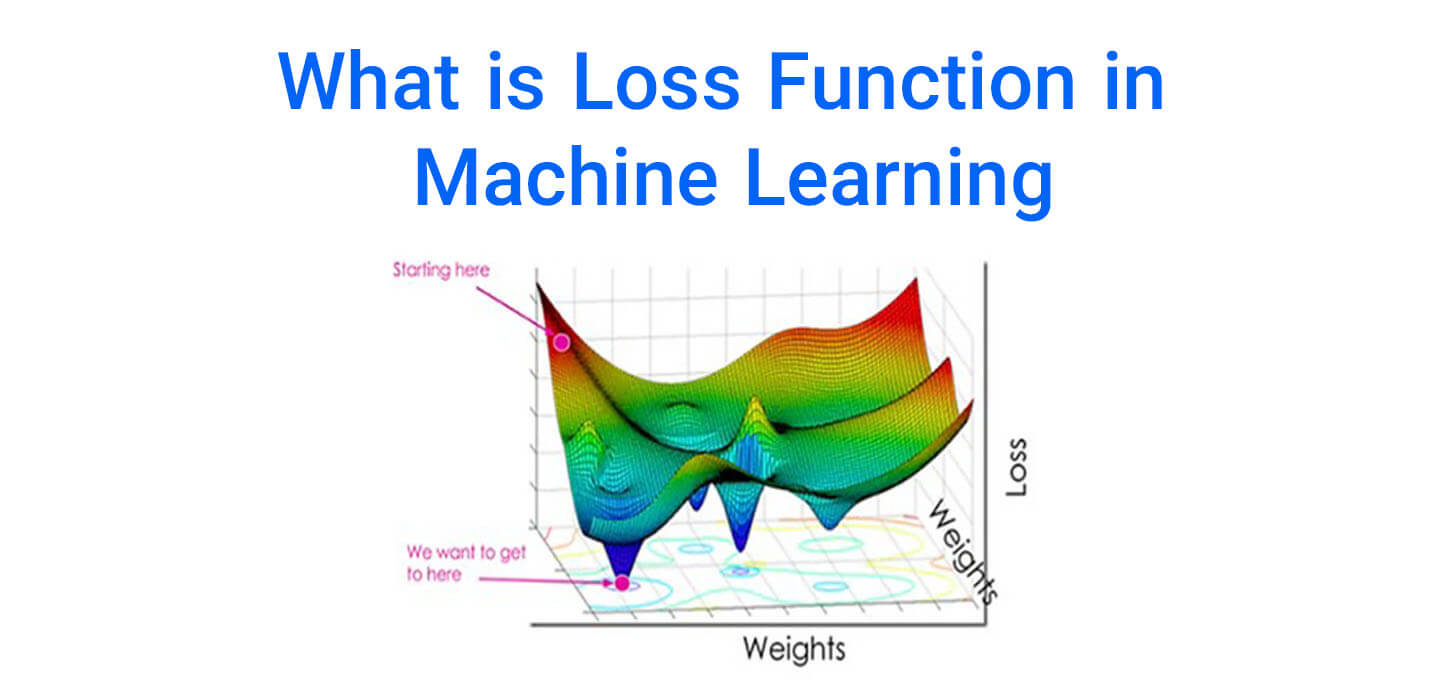
What is Loss Function in Machine Learning
The majority of machine learning algorithms work by minimizing or maximizing an ‘objective function’. Loss Functions are a group of objective functions that are supposed to be minimized. These functions are sometimes referred to as “cost functions” in artificial intelligence. Using the loss function, we can evaluate the ability of the model to predict new…
-
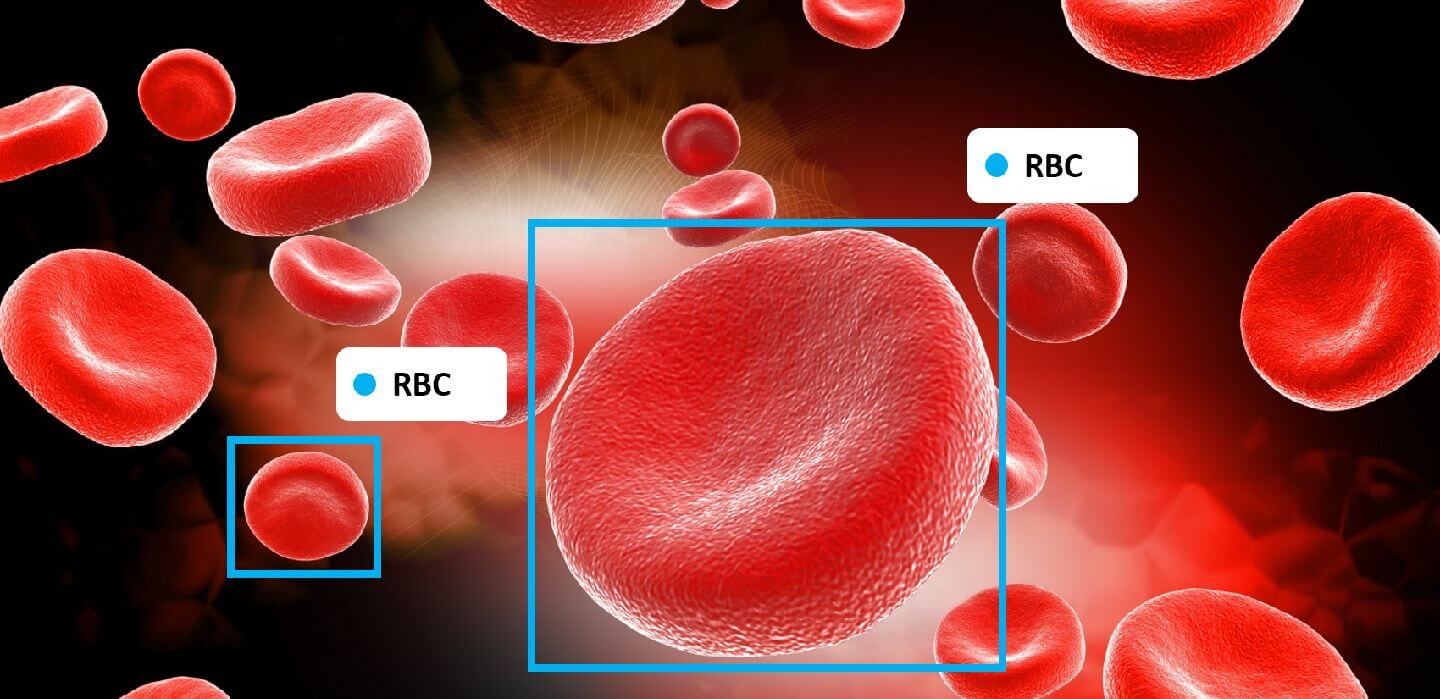
Using Computer Vision to Identify and Count Blood Cells helps in medical diagnosis
Identification and quantification of complete blood cells (CBCs) is often an essential clinical test to monitor a patient’s health. The conventional method suffers from time-consuming and erroneous procedures, is dependent on the skill of clinical laboratorians, and is affected by the quality and precision of laboratory equipment. This paper introduces a “you only look once”…
-
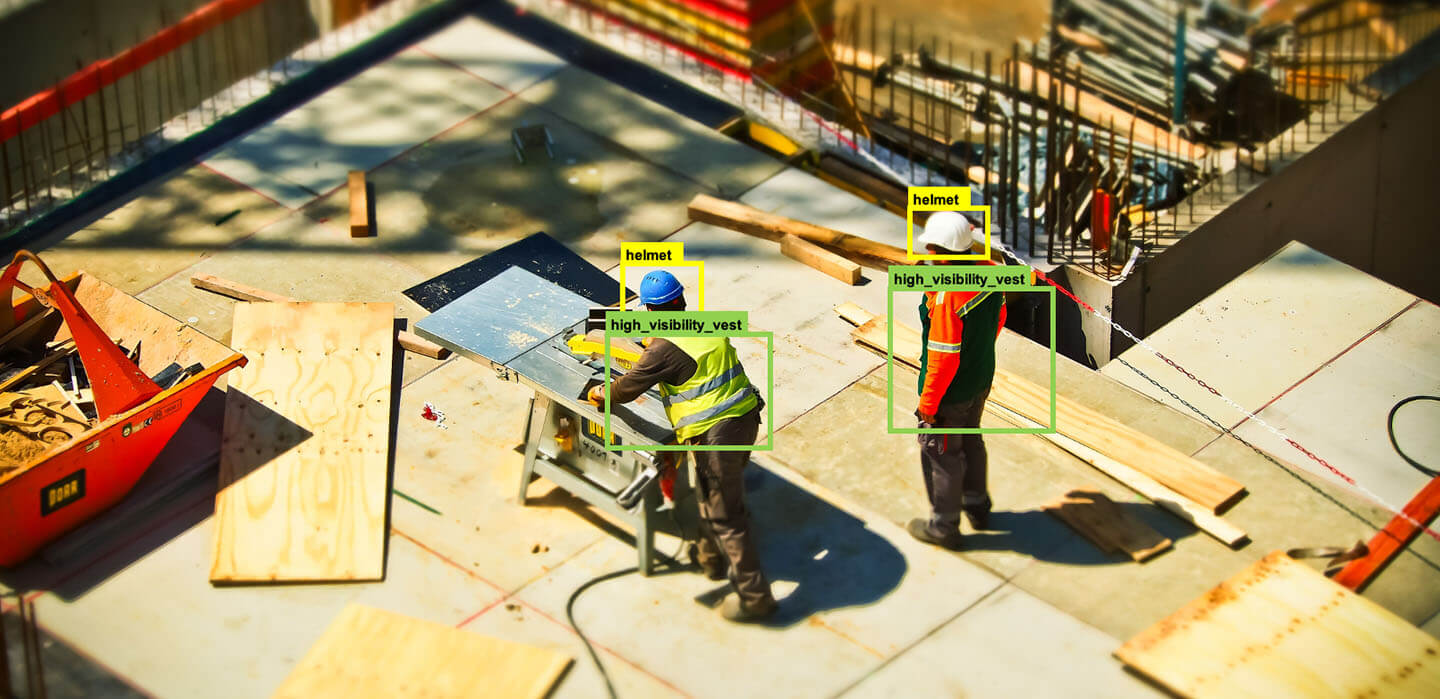
You will be safer at work if you trust intelligent machines!
The construction industry is in urgent need of an effective and efficient method to monitor civil infrastructure and evaluate its performance. Real-time detection of construction vehicles using intelligent machines can pave the way for a modern, safe, and cost-efficient construction industry. The implementation of a computer vision (CV) system usually consists of several steps: data…
-

TensorRT
TensorRT is a library developed by NVIDIA for faster inference on NVIDIA graphics processing units (GPUs). It can improve inference time for many real-time services and embedded applications, 4-5 folds. The optimization TRT applies to deep learning models will be examined in this article.
-
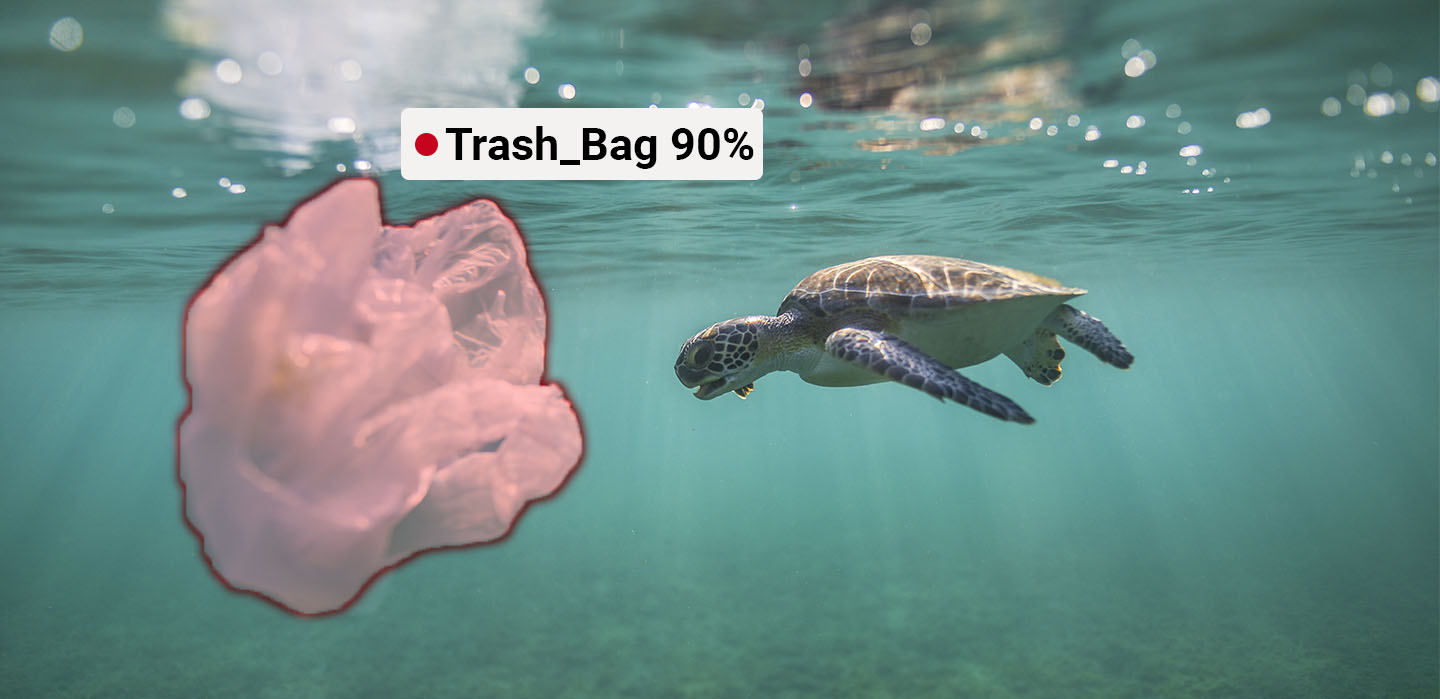
Underwater trash Detection with Deep Learning
Every year an increasing amount of waste, mostly plastics, finds its way into the ocean, endangering marine life and changing ocean ecosystems. It’s difficult to collect this type of trash because it sinks into the depths over time. One of the best solutions is to use robots for the job, and now it’s possible to…
-

What is a Neural network?
This article introduces the concept of Neural Networks in detail. We will compare neurons in human brains with artificial neurons and explain the underlying mathematical model.
-
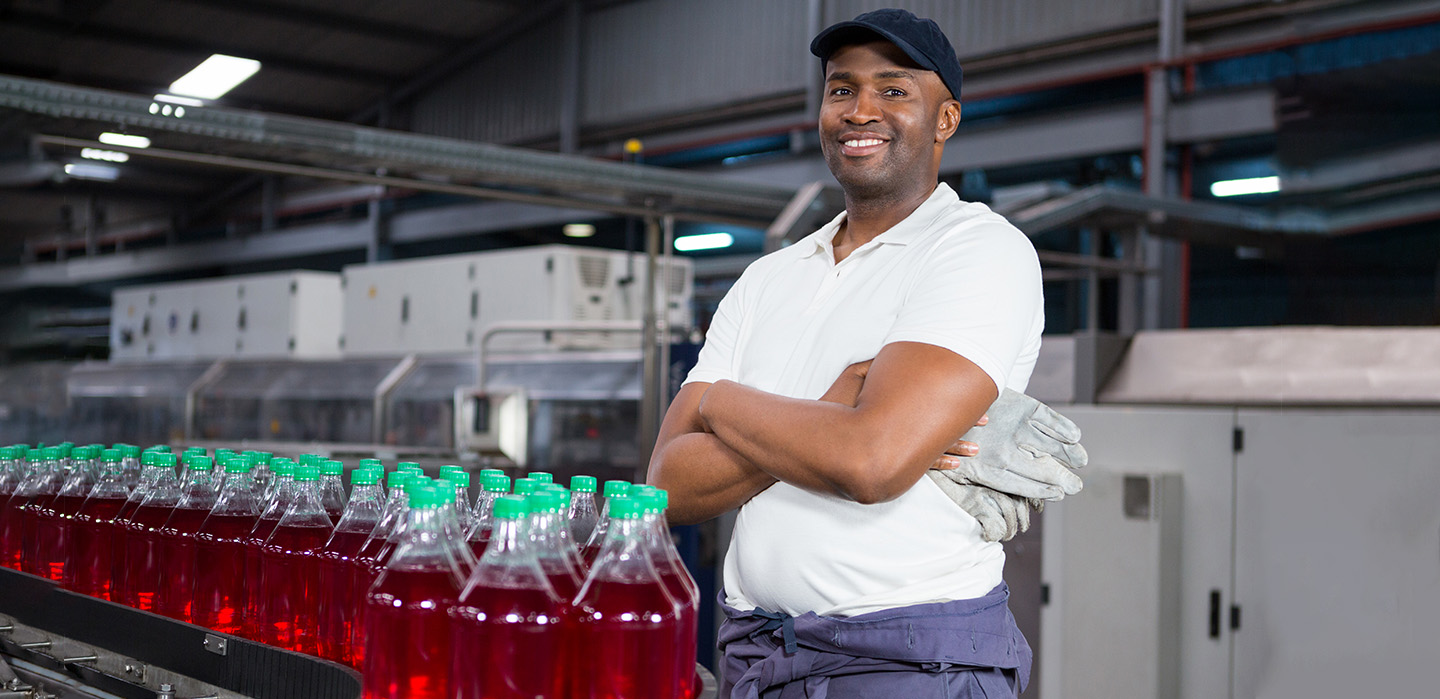
Quality control automation using computer vision: A case study of bottle caps
Quality control (QC) in the packaging industry, especially in bottle cap production, encounters some challenges in detecting defects such as loosely fitted caps, scratched parts, or broken cap rings. Today artificial intelligence (AI), computer vision (CV) in particular, can be used to effectively automate this procedure in real-time and minimize human errors.